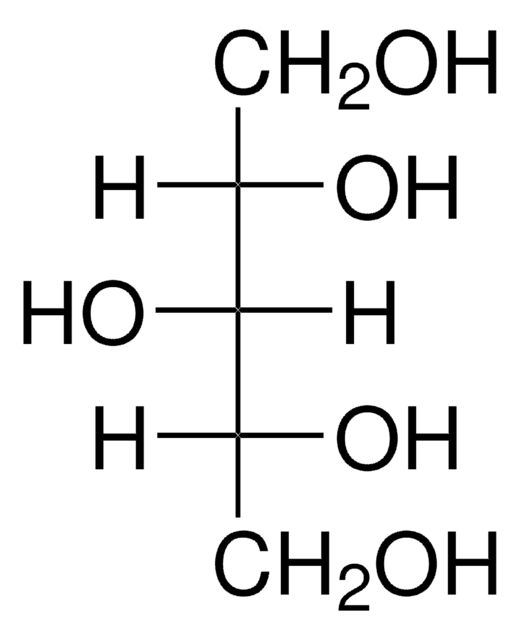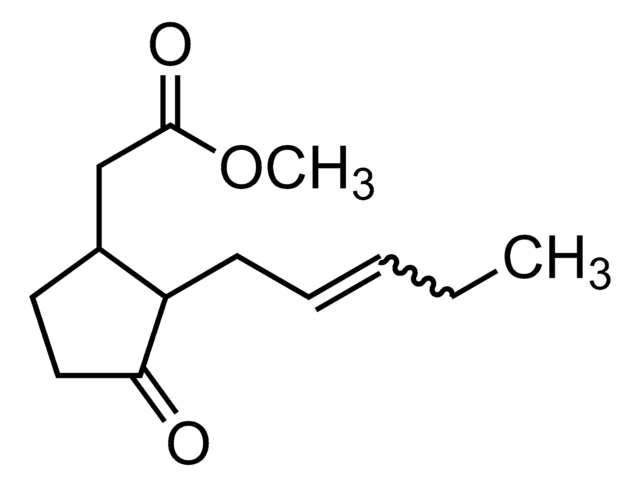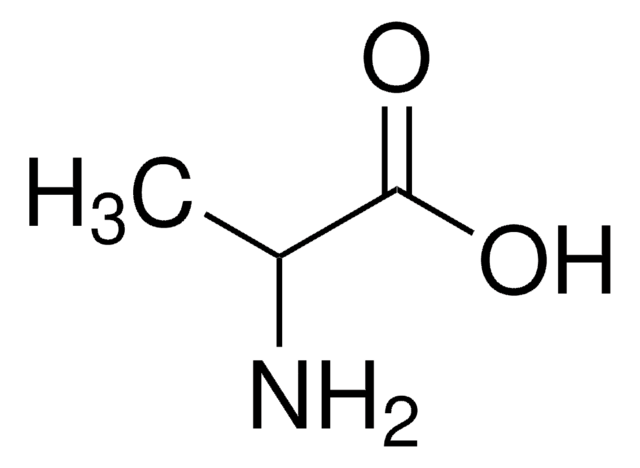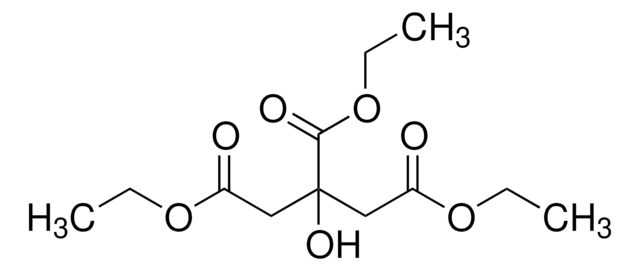おすすめの製品
アッセイ
>99% (TLC)
形状
powder
包装
pkg of 1 × 1 mg (850176P-1MG)
pkg of 1 × 100 μg (with stopper and crimp cap (850176P-100ug))
pkg of 1 × 500 μg (with stopper and crimp cap (850176P-500ug))
メーカー/製品名
Avanti Research™ - A Croda Brand 850176P
脂質タイプ
cardiolipins
phospholipids
輸送温度
dry ice
保管温度
−20°C
SMILES記法
[H][C@@](COP(O[C@H]1[C@H](O)[C@@H](OP([O-])(O)=O)[C@H](OP(O)([O-])=O)[C@@H](OP(O)([O-])=O)[C@H]1O)([O-])=O)(OC(CCCCC)=O)COC(CCCCC)=O.[NH4+].[NH4+].[NH4+].[NH4+]
詳細
生物化学的/生理学的作用
包装
法的情報
保管分類コード
11 - Combustible Solids
WGK
WGK 3
引火点(°F)
No data available
引火点(℃)
No data available
適用法令
試験研究用途を考慮した関連法令を主に挙げております。化学物質以外については、一部の情報のみ提供しています。 製品を安全かつ合法的に使用することは、使用者の義務です。最新情報により修正される場合があります。WEBの反映には時間を要することがあるため、適宜SDSをご参照ください。
Jan Code
850176P-500UG:
850176P-1MG:
850176P-BULK:
850176P-VAR:
850176P-100UG:
試験成績書(COA)
製品のロット番号・バッチ番号を入力して、試験成績書(COA) を検索できます。ロット番号・バッチ番号は、製品ラベルに「Lot」または「Batch」に続いて記載されています。
ライフサイエンス、有機合成、材料科学、クロマトグラフィー、分析など、あらゆる分野の研究に経験のあるメンバーがおります。.
製品に関するお問い合わせはこちら(テクニカルサービス)





